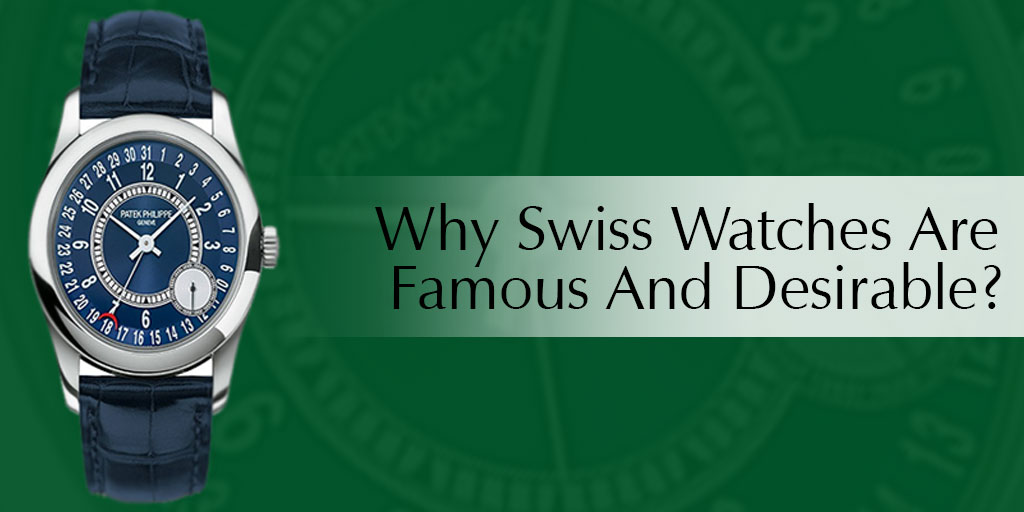A Brief History of Tudor Watches

There has been an increased interest in the iconic watches manufactured by the Tudor Watch Company over the last few years. Indeed, the brand that was once envisaged to be a sister company to ‘Rolex’ is today having a good moment, particularly in the US market. However, it was not this way always. While a watch dealer named ‘Veuve de Philippe Huther’ registered ‘Tudor’ as the trademark in 1926, the founder of Rolex Hans Wilsdorf took over the brand in 1936 and acquired rights to the company soon after.
Before you walk out to ‘sell watches’ or sell your Tudor watch and raise instant cash, let’s today delve into the history of Tudor watches to exhibit its origin, evolution as well as the current position.
Tudor Watches: The Early Years
In 1926, the name ‘The Tudor’ was trademarked by the Swiss watch manufacturer Veuve de Philippe Huther. And, Hans Wilsdorf acquired the company with a motive to render his retailers a more affordable alternative range of timepieces to be sold beside his iconic Rolex watches. The first Tudor watches made their debut by 1932, and they were supplied to the Australian market.
While these timepieces were rectangular with slanted edges, some of them were etched with the name ‘Rolex’ along with ‘Tudor’ on the dial for making the association explicit. However, the brand was acquired by Hans Wilsdorf in 1936 and eventually, he added the famous ‘Tudor Rose’ to the logo for sprucing things up.
In 1946 after WWII, Wilsdorf established ‘Montres TUDOR SA’ with envision that Rolex would play a significant role in the production and distribution of the company. Tudor gradually flourished into one of the world’s most popular Swiss watch-making brands, introducing its first watches –the Oyster and the Oyster Prince. While the watches blended the build-quality and style of Rolex with a more affordable retail price, they indeed attracted a wide range of customers.
The Mid 20th Century
In the mid 20th century, Tudor introduced many watch models under the new Montres Tudor name, including the automatic and waterproof Tudor Oyster Prince in 1952. However, the Tudor Oyster Submariner joined the lineup in 1955, followed by the Tudor Advisor and Tudor Oysterthin in 1957. The historical watches of the brand that debuted during the 60s and 70s include the Tudor Oyster Prince Ranger in 1967, the 1969 Tudor Oyster Pribce Date-Day, the Oysterdate manual chronograph in 1970 and the Tudor Oysterdate ‘Automatic Chrono Time’ self-winding chronograph in 1976.
However, the brand redesigned the Oyster Prince Submariner models in 1969, equipping them with big square-shaped luminous hour markers matched with square-tipped hour hands (popularly known as the ‘Snowflake hands’). During its 50th anniversary in 1996, Tudor decided to take off Rolex signed components like winding crowns, bracelets and cases.
Tudor added more watches to its existing successful collections from the 1980s to 2000s. However, the timepieces stopped selling in the American and UK market in the late 1990s, ideally because of brand equity and fewer sales.
The Renaissance
The demand for Tudor watches decreased and eventually, their selling ceased. However, Tudor reemerged in the US shores in 2013 and the UK market in 2014. Holding the hands of design director Davide Cerrato, Tudor bewitched a new period of creativity, introducing spectacular timepieces that retained some of the interesting complications of its previous watches.
Although most of the contemporary watches of the brand flaunt similar design clues like its predecessors, they have been revamped with in-house movements, big cases as well as modern components. Some of the most famous contemporary Tudor collections include the Pelagos, the Black Bay, the Heritage and the North Flag.
The Tudor Heritage Black Bay sports the vibes of classic dive watches overtly; whereas the Tudor Pelagos looks more like a modern diver watch. Introduced in 2013, the Tudor Heritage Chrono Blue utilises some alluring orange and blue hues of the 1970s Montecarlo models. However, the brand continued to expand its watch models with the succeeding launch of Tudor Ranger and Style watches. While the value-driven proposition of Tudor perfectly fits into today’s flourishing watch industry, the brand continues to deliver watches of exceptional value and style. Indeed, Tudor watches still remain more affordable than its older siblings that bear the iconic crown logo – Rolex, holding a character of its own and offering much for the style-conscious watch buyer.
Want to sell your luxury watch in London?
Whether you are looking to ‘sell my watch’ or sell your watch of Tudor or any other luxury brands, it is foremost essential to get in touch with a reliable watch buyer in London. With trustworthy watch buyers like at The Luxury Hut, you can rest assured that you are getting the best possible deal, thereby selling your watch in a hassle-free way and getting paid within minutes.
Simply, fill up the online form today and receive your initial price quote right away at no cost to you.



Comments
Post a Comment